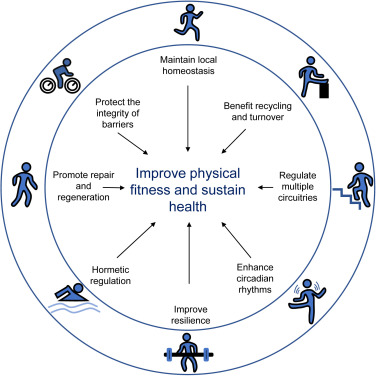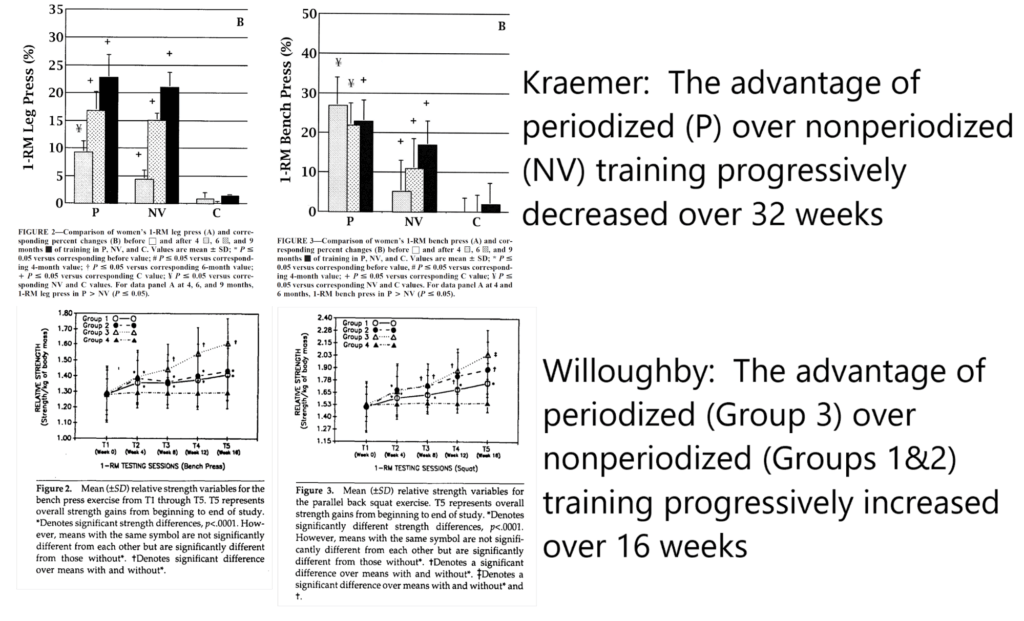
The Role of Exercise Science in Everyday Training
Fitness today is more than just lifting weights or running on a treadmill. Behind every movement, every rep, and every result lies the foundation of exercise science — the systematic study of how the human body responds and adapts to physical activity. Understanding exercise science doesn’t make training complicated — it makes it effective, safe, and sustainable.
1. What Is Exercise Science?
Exercise science is the integration of anatomy, physiology, biomechanics, nutrition, and psychology in human movement. It studies how the body’s systems — muscular, skeletal, cardiovascular, and nervous — interact during exercise and adapt over time.
When applied correctly, this science transforms training from random activity into a structured, goal-driven process.
“Training without science is like driving blind — you might move, but not necessarily in the right direction.” — NASC Research, 2024
2. Why Science Matters for Everyday Training
Even recreational gym-goers can benefit from applying exercise science. It helps answer practical questions like:
-
How much rest do I need between sets?
-
What’s the best way to warm up before heavy lifts?
-
How do I prevent injuries from overtraining?
-
Why do some people build muscle faster than others?
Scientific understanding turns training from guesswork into measurable progress. According to Kenney et al. (2021), structured training programs built on physiological principles improve long-term adherence, strength, and endurance outcomes by over 40% compared to random or unplanned training.
3. Key Scientific Principles in Training
a) Overload & Adaptation
The body only improves when it’s challenged beyond its current capacity. This is the principle of progressive overload — increasing load, volume, or intensity gradually to stimulate adaptation.
b) Specificity
You get better at what you train for. Strength training builds power; endurance training builds stamina. The body adapts specifically to the demands you impose on it (SAID principle).
c) Recovery & Supercompensation
Muscles grow and adapt during recovery, not during training. Proper rest and nutrition allow the body to “supercompensate,” meaning it rebounds stronger than before.
d) Individualization
No two bodies are identical. Genetics, age, gender, and training history all affect performance. A good coach uses data and observation to tailor programs accordingly.
These are the principles that separate coaching from guessing.
4. How NASC Integrates Exercise Science into Coaching
The National Association for Strength and Conditioning Research (NASC) places exercise science at the core of its education framework. Every NASC-certified coach must demonstrate understanding in:
-
Human physiology and energy systems
-
Movement analysis and biomechanics
-
Program design based on performance goals
-
Evidence-based decision-making
This ensures that training programs across Malaysia are grounded in real science, not social media fads.
5. The Practical Benefits for Everyone
Applying exercise science benefits everyone — not just athletes:
-
Beginners learn proper form and avoid injury.
-
Working adults maximize time efficiency in limited sessions.
-
Athletes improve performance through targeted programming.
-
Older adults maintain function, balance, and longevity.
In other words, understanding how your body works helps you train smarter — not harder.
Key Takeaway
Exercise science bridges the gap between training and understanding. It turns effort into results, and passion into progress. Every coach and athlete — from weekend warriors to national champions — should see exercise science not as theory, but as the language of performance.
References
-
Kenney, W. L., Wilmore, J. H., & Costill, D. L. (2021). Physiology of Sport and Exercise (8th ed.). Human Kinetics.
-
Zatsiorsky, V. M., & Kraemer, W. J. (2006). Science and Practice of Strength Training (2nd ed.). Human Kinetics.
-
National Association for Strength and Conditioning Research (NASC). (2024). Exercise Science and Human Performance Framework. NASC Publications.


